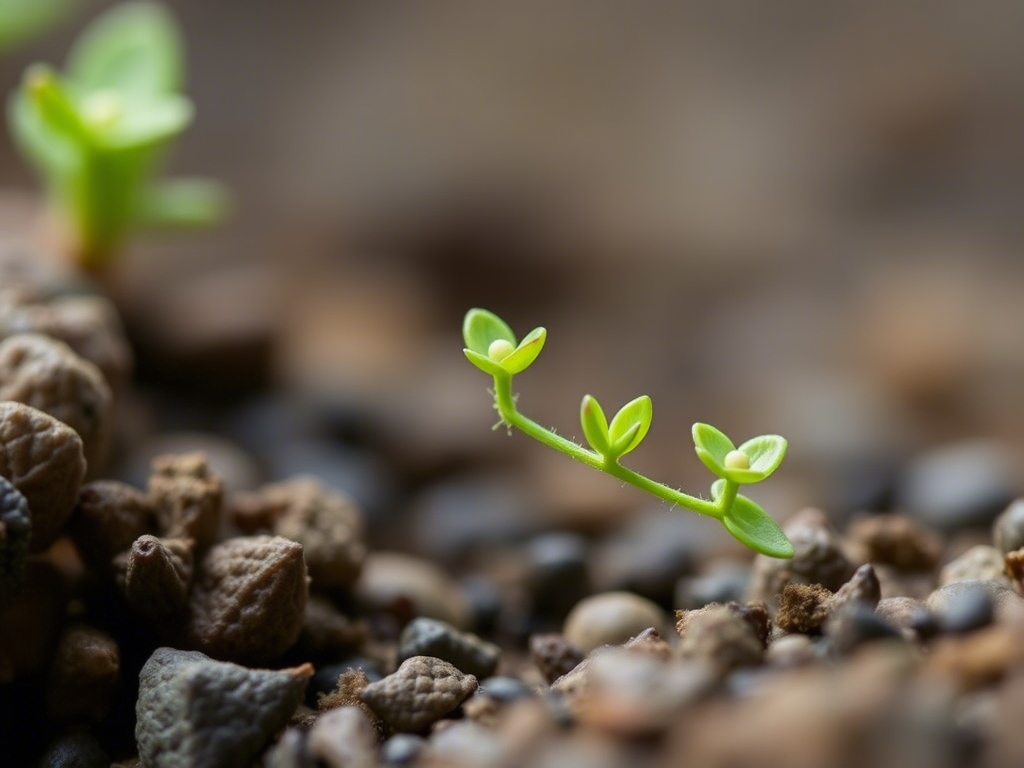
A Tiny Plant Is Defying Long-Standing Rules of Evolution
A surprising new study on a small plant called beetleweed (Galax urceolata ), found in the Appalachian Mountains, is shaking up what scientists thought they knew about evolution and genetic diversity.
Led by researcher Shelly Gaynor from the University of Florida, the study reveals that multiple versions of the same species — with different numbers of chromosomes — can not only coexist but also thrive together in the same population. This challenges the long-held belief that such genetically distinct forms would outcompete each other or fail to persist over time.
What Makes Beetleweed So Special?
Most plants (and animals) have two sets of chromosomes — one from each parent — and are called diploids . But some plants naturally end up with more — a condition known as polyploidy .
In rare cases, a plant duplicates its own chromosomes without hybridizing with another species. This process, called autopolyploidy , creates genetic diversity instantly — not over thousands of years.
Scientists used to think autopolyploids were rare and unlikely to survive in nature. But this study shows they’re not only common — they can live side by side with their diploid relatives without taking over or dying out.
How Do They Coexist?
To understand how, Gaynor’s team developed a new mathematical model that considers real-world factors like environmental changes, competition, and reproduction patterns.
The results suggest that:
- Higher rates of self-fertilization
- Strong reproductive barriers
- And environmental stressors
can actually help these genetically different types — diploids, triploids, and tetraploids — all survive together in the same ecosystem.
Interestingly, under tough conditions, the tetraploids — those with four sets of chromosomes — seem to have an advantage over the original diploid form.
Why This Matters
This discovery changes how we understand plant evolution, adaptation, and biodiversity . It shows that evolution isn’t always a slow, linear process — sometimes it takes sudden leaps through genetic changes like polyploidy.
It also opens the door for further research into how species interact and coexist — not just in plants, but potentially in other organisms too.
🔍 Key Takeaways:
- Beetleweed (Galax urceolata ) defies old assumptions about genetics and evolution.
- Different chromosome versions (cytotypes) can coexist in the same population.
- Autopolyploidy allows rapid genetic change — not just over millions of years.
- New models show environmental stress and self-fertilization support diversity.
- This research could reshape how we study evolution and biodiversity.





